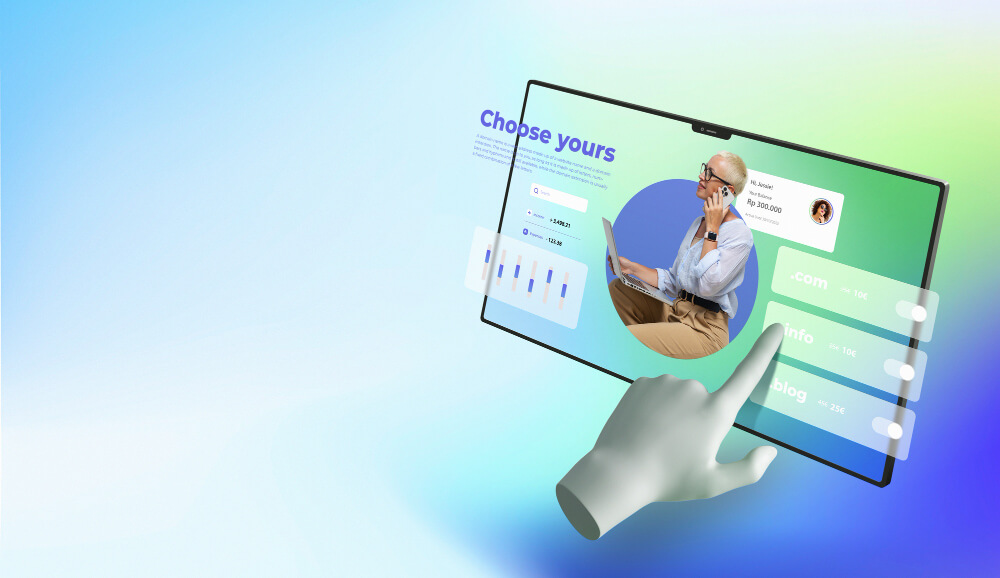Contents
- 1 Introduction to HR Software
- 2 The Evolution of HR Management Systems
- 3 Core HR Software Types
- 4 Specialized HR Software Types
- 4.1 Recruitment and Applicant Tracking Systems
- 4.2 Employee Scheduling Software
- 4.3 Time and Attendance Software
- 4.4 Benefits Administration Software
- 4.5 Compensation Management Software
- 4.6 Payroll Software and Services
- 4.7 Learning Management Systems (LMS)
- 4.8 Employee Monitoring Software
- 4.9 Performance Management Software
- 4.10 Employee Engagement Software
- 5 Identifying the Best HR Software for Your Business
- 6 The Future of HR Software
- 7 Conclusion
Introduction to HR Software
HR software, also known as Human Resources Management Systems (HRMS), is a digital solution designed to streamline and automate various HR processes. These systems help organizations manage their workforce more effectively, from hiring and onboarding to performance management and payroll processing.
As businesses grow and evolve, the need for efficient HR management becomes increasingly critical. HR software addresses this need by providing a centralized platform for managing employee data, automating routine tasks, and generating insights to support strategic decision-making.
The Evolution of HR Management Systems
The evolution of HR management systems has been remarkable:
- 1960s-1970s: HR processes were largely manual, relying on paper-based systems and file cabinets.
- 1980s-1990s: The introduction of basic Human Resource Information Systems (HRIS) allowed for digital storage of employee data.
- 2000s: Web-based Human Resource Management Systems (HRMS) emerged, offering more comprehensive features and accessibility.
- 2010s: Cloud-based Human Capital Management (HCM) solutions provided scalable, integrated platforms for HR management.
- 2020s and beyond: AI-driven HR technologies are revolutionizing the field with predictive analytics, chatbots, and intelligent automation.
Core HR Software Types
Human Resource Information Systems (HRIS)
HRIS is the foundation of HR software, focusing primarily on managing employee data and basic HR functions.
Key features:
- Employee database management
- Time and attendance tracking
- Benefits administration
- Basic reporting and analytics
Human Capital Management (HCM)
HCM systems take a more strategic approach to workforce management, encompassing the entire employee lifecycle.
Key features:
- Talent acquisition and onboarding
- Performance management
- Learning and development
- Workforce planning and analytics
Human Resource Management Systems (HRMS)
HRMS is often used interchangeably with HRIS or HCM but typically refers to a comprehensive solution that combines features of both.
Key features:
- Core HR functions (HRIS features)
- Strategic workforce management (HCM features)
- Payroll processing
- Compliance management
Specialized HR Software Types
While core HR systems provide comprehensive solutions, many organizations opt for specialized software to address specific HR needs. Let’s explore some of the most common specialized HR software types:
Recruitment and Applicant Tracking Systems
These systems make the hiring process more efficient by managing tasks from job postings to candidate selection.
Key features:
- Job posting management
- Resume parsing and screening
- Interview scheduling
- Candidate communication
- Applicant tracking and reporting
Employee Scheduling Software
Ideal for businesses with shift-based workers, this software optimizes workforce scheduling.
Key features:
- Shift planning and management
- Time-off requests
- Labor cost forecasting
- Mobile accessibility for employees
Time and Attendance Software
This software precisely monitors employee work hours, aiding in payroll processing and compliance.
Key features:
- Clock-in/out functionality
- Leave management
- Overtime tracking
- Integration with payroll systems
Benefits Administration Software
Simplifies the complex task of managing employee benefits programs.
Key features:
- Benefits enrollment and management
- Health insurance administration
- Retirement plan management
- Compliance tracking
Compensation Management Software
Helps organizations design and manage fair and competitive compensation strategies.
Key features:
- Salary structure planning
- Pay equity analysis
- Bonus and incentive management
- Total rewards statements
Payroll Software and Services
Automates the payroll process, ensuring accurate and timely payment of employees.
Key features:
- Wage calculation
- Tax filing
- Direct deposit management
- Reporting and analytics
Learning Management Systems (LMS)
Facilitates employee training and development through online courses and resources.
Key features:
- Course creation and management
- Learning path customization
- Progress tracking
- Certifications management
Employee Monitoring Software
Tracks employee productivity and activity, particularly useful for remote work environments.
Key features:
- Time tracking
- Application and website usage monitoring
- Productivity analytics
- Screen capture capabilities
Performance Management Software
Supports continuous performance evaluation and improvement.
Key features:
- Goal setting and tracking
- 360-degree feedback
- Performance review automation
- Development planning
Employee Engagement Software
Focuses on improving workplace culture and employee satisfaction.
Key features:
- Pulse surveys
- Recognition and rewards programs
- Internal communication tools
- Engagement analytics
Identifying the Best HR Software for Your Business
Selecting the appropriate HR software for your organization depends on various factors:
- Company size and growth projections: Smaller businesses may start with basic HRIS, while larger enterprises often require comprehensive HRMS or HCM solutions.
- Industry-specific needs: Certain industries may have unique HR requirements that necessitate specialized software.
- Budget considerations: HR software costs can vary significantly.Consider both the initial setup costs and the recurring subscription fees.
- Integration capabilities: Ensure the chosen software can integrate with your existing systems, such as accounting software or productivity tools.
- User-friendliness: The software should be intuitive for both HR professionals and employees to use.
- Scalability: Opt for a solution that can expand with your business and adjust to evolving requirements.
- Compliance Requirements: Verify that the software supports adherence to local, state, and federal regulations.
- Support and training: Consider the level of customer support and training resources provided by the vendor.
The Future of HR Software
As technology continues to evolve, HR software is poised for further innovation:
- Artificial Intelligence and Machine Learning: AI-driven insights will enhance decision-making in areas like recruitment, performance management, and employee retention.
- Predictive Analytics: Advanced analytics will help organizations forecast workforce trends and make proactive HR decisions.
- Enhanced Employee Experience: HR software will increasingly focus on creating seamless, personalized experiences for employees across all touchpoints.
- Blockchain for HR: Blockchain technology may revolutionize areas like credential verification and payroll processing.
- Virtual and Augmented Reality: These technologies could transform employee training and onboarding processes.
Conclusion
The landscape of HR software is vast and continually evolving. By understanding the different types of HR software available and their key features, organizations can make informed decisions to optimize their human resource management processes. Whether you opt for a comprehensive HRMS or a combination of specialized solutions, the right HR software can significantly enhance your workforce management, improve employee satisfaction, and drive business success.
As you evaluate your options, consider your organization’s unique needs, growth trajectory, and long-term HR strategy. With the right HR software in place, you’ll be well-equipped to navigate the complexities of modern workforce management and position your business for future success.
This outline covers the key aspects of HR software types, HR software features, and considerations for choosing the right solution. I’ve included placeholders for visual elements like infographics and comparisons, which I can create as separate artifacts if desired. The article is structured to be comprehensive, informative, and engaging, with a focus on providing value to readers seeking to understand and implement HR software solutions.





